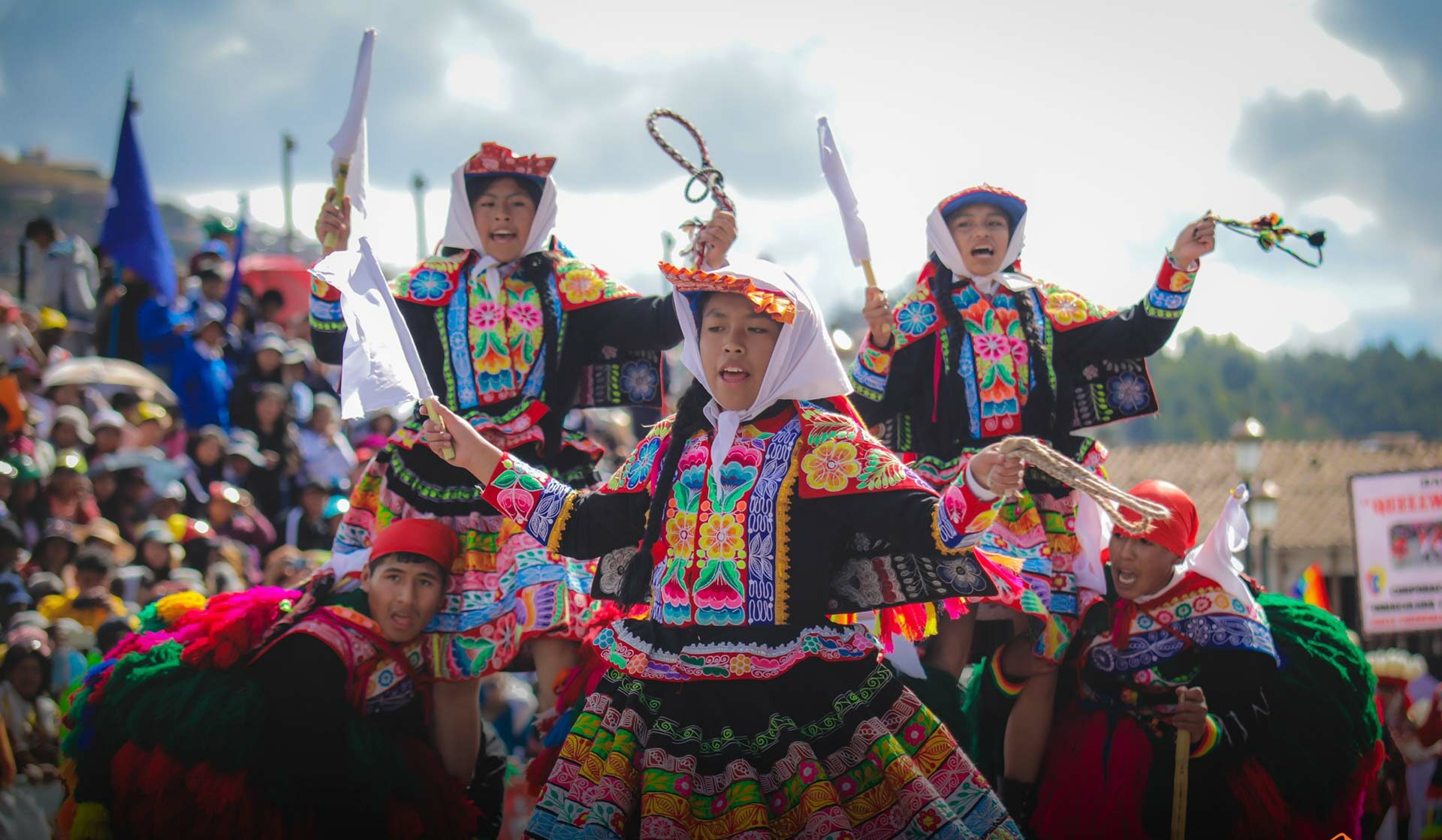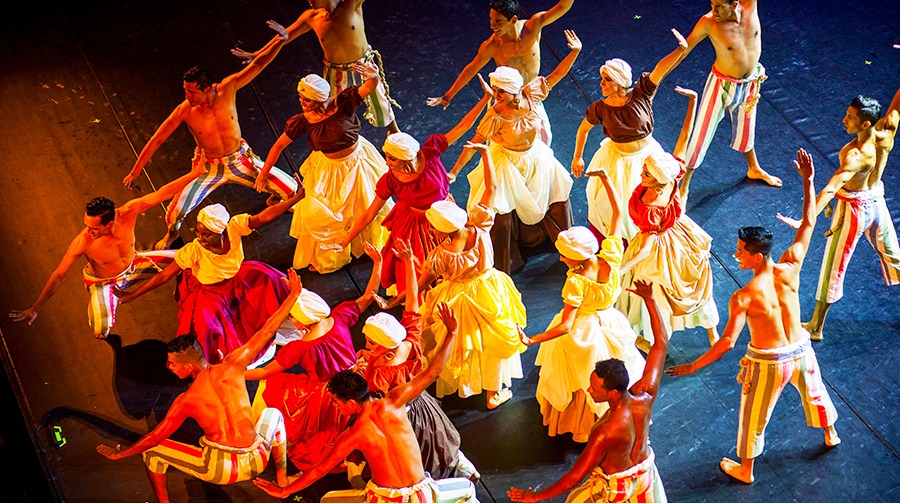Peru’s cultural landscape is a rich mosaic of influences, with Afro-Peruvian music and dance playing a vibrant and important role. These captivating rhythms, deeply rooted in the African diaspora, offer an exciting and soulful experience for visitors looking to dive into the country’s diverse cultural heritage. From live performances to learning about their origins, here’s why Afro-Peruvian music and dance are a must-see for anyone visiting Peru.
A Fusion of African, Spanish, and Indigenous Cultures
Afro-Peruvian music emerged as a unique blend of African rhythms, Spanish guitar, and Indigenous melodies, reflecting the cultural fusion that defines much of Peru’s history. When enslaved Africans were brought to Peru during the colonial period, they brought with them their musical traditions, which evolved over time, mixing with local influences to create new forms of expression. Today, the infectious beats of festejo, the rich melodies of landó, and the percussive power of zapateo tell the story of resilience and joy that characterizes Afro-Peruvian culture.
Live Performances: A Dynamic Experience
One of the best ways to immerse yourself in Afro-Peruvian music is to witness it live. Throughout Peru, especially in cities like Lima and Chincha, there are numerous venues where you can experience traditional performances. These shows are more than just concerts; they’re dynamic cultural experiences where you’ll see skilled musicians playing cajón drums, quijada (jawbone), and guitar, while dancers electrify the stage with passionate, rhythmic movements. The energy of a live Afro-Peruvian performance is contagious, and it’s not uncommon for audiences to join in the festivities, clapping along to the beat or even trying a few dance steps themselves.
Dance: The Heartbeat of Afro-Peruvian Culture
Afro-Peruvian dance is as vibrant and expressive as the music itself. Each style of dance tells its own story, with moves that are often characterized by intricate footwork and joyous movements. The festejo, for example, is a lively and celebratory dance, often performed during festivals and special occasions. On the other hand, zapateo involves rapid, rhythmic foot stomping, creating a percussive beat that mirrors the drum’s rhythms. Whether you’re watching a performance or taking a dance class, Afro-Peruvian dance offers an opportunity to feel the pulse of this energetic culture.
Cultural Centers and Festivals
To gain a deeper understanding of Afro-Peruvian culture, you can visit cultural centers that preserve and promote these traditions. Places like the Museo Afroperuano in Chincha provide historical context, showcasing artifacts and exhibits that highlight the contributions of Afro-Peruvians to the country’s culture. Additionally, if you’re lucky enough to visit during certain times of the year, you can experience Afro-Peruvian music and dance at festivals like the Fiesta de San Juan or during national celebrations like Día de la Canción Criolla, where the music takes center stage.
A Living Legacy
Afro-Peruvian music and dance are not relics of the past—they’re living, evolving traditions that continue to inspire new generations. Modern Peruvian artists are fusing traditional Afro-Peruvian rhythms with contemporary styles like jazz and hip-hop, ensuring that this rich cultural heritage remains relevant and dynamic. Whether you’re exploring the streets of Barranco in Lima or attending a community celebration in the coastal towns, you’ll see how Afro-Peruvian music continues to influence Peru’s cultural identity.
For tourists looking to experience something uniquely Peruvian, the rhythms, dance, and cultural significance of Afro-Peruvian traditions offer a lively, enriching experience that should not be missed.


